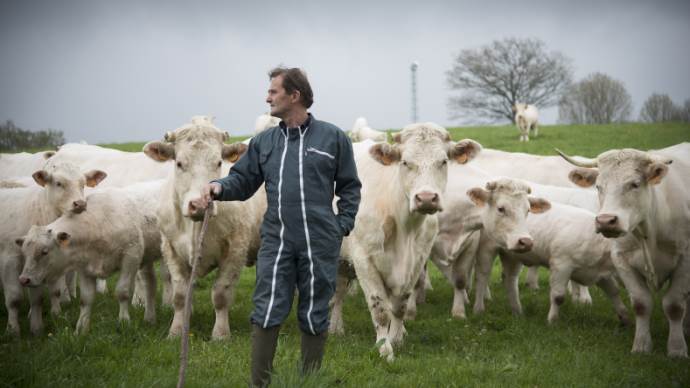Traceability 2025: the gap between abattoirs and tanneries

The institute director at FILK Freiberg, Professor Haiko Schulz, has added his voice to those warning that the leather industry will find it difficult to meet traceability requirements in 2025.
Regulations that the European Commission has published will, in theory, enforce full traceability of hides by 2025. Speaking to leatherbiz at Lineapelle in Milan in September, Professor Schulz said the research and testing body he represents was part of a group that was working with European leather industry representative body COTANCE to address traceability. But he said it seemed to him that it would take longer to put the necessary systems in place than the 2025 deadline allows.
He explained that there is already substantial coverage of traceability in OekoTex leather certification and that, in parts of Europe including Germany, there is also a high level of traceability in place, going back to the farms that cattle come from, in the meat industry.
At the same time, Professor Schulz insisted there were high levels of transparency concerning a hide’s movement from the tannery gate following the end of the leather manufacturing process to the finished product. “Between the two, though, between the abattoir and the tannery, there is a gap,” he said, “and the work we have to do is to bridge that gap.”
He said that data about the farm does not normally transfer to the hide at the abattoir and he added that the way hide traders work with the abattoirs at the moment does not lend itself to bringing about a change in these practices.
However, if that change does not materialise, Professor Schulz said the leather industry should seek to work with politicians to encourage them to force this change through. “And of course, this too would take time,” he observed.
Image: Xavier Remongin/French ministry of agriculture.











